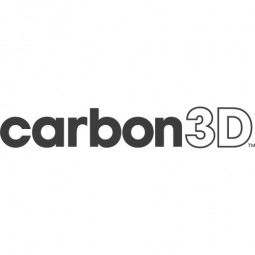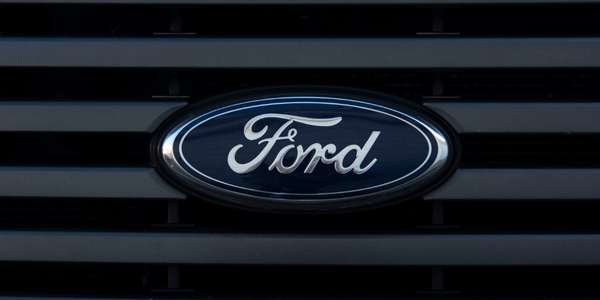Carbon3D
Case Studies
Ford Motor Company on the Road to 3D Manufacturing
Overview
 |
Ford Motor Company on the Road to 3D ManufacturingCarbon3D |

|
Automotive | |
Discrete Manufacturing | |
Additive Manufacturing | |
Operational Impact
| [Efficiency Improvement - Time To Market] The team was able to rapidly design, prototype and manufacture an oil connector using rigid polyurethane and elastomer materials to access the oil fill tube without needing major redesigns to several components of the vehicle. | |
| [Efficiency Improvement - R&D] Due to Carbon’s commitment to polymer chemistry and the unique advantages CLIP technology has to support an incredibly broad range of materials, Ford has been able to significantly expand their own materials research efforts. | |


